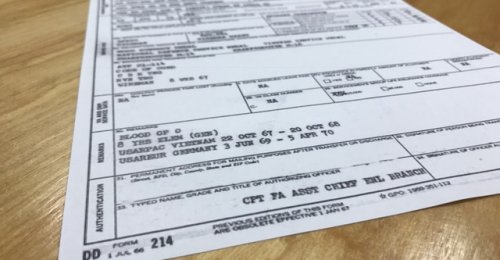
Military Character of Discharge
When a member of the Armed Forces is released from their obligation to serve, they receive a formal discharge which is identified on the DD-214 Certificate of Release or other separation documents. There are six ways to characterize a discharge:
- Honorable;
- General (under honorable conditions);
- Other than Honorable Conditions (OTH);
- Bad Conduct;
- Dishonorable; and
- Entry Level (ELS) or Non-Characterized.
The first three and the last are given when a service member is administratively discharged, while 4 and 5 are the outcome of the judicial process.
Each type of discharge has a specific meaning and can permanently impact on military or veteran benefits. We have created a special chart here to explain how this works for benefits based on military service.
Discharge conditions can also affect employment. For instance, you may be interested in a job that requires a security clearance. Having the right type of discharge may be required for this job. If you mention your military service, the employer is allowed to ask about the type of discharge you received. The employer can also ask for a copy of your discharge paperwork which lists the type of discharge and the code for reason for discharge. Military-savvy employers can often read the code and determine the reason for the discharge.
Read for more information about how to correct information on your DD-214.
See how to request review of the reasons for the discharge.
